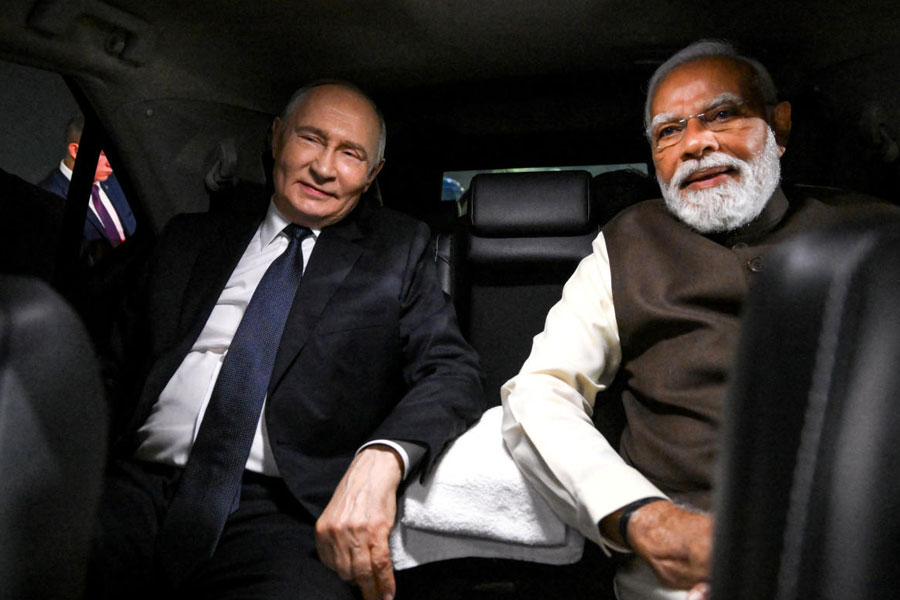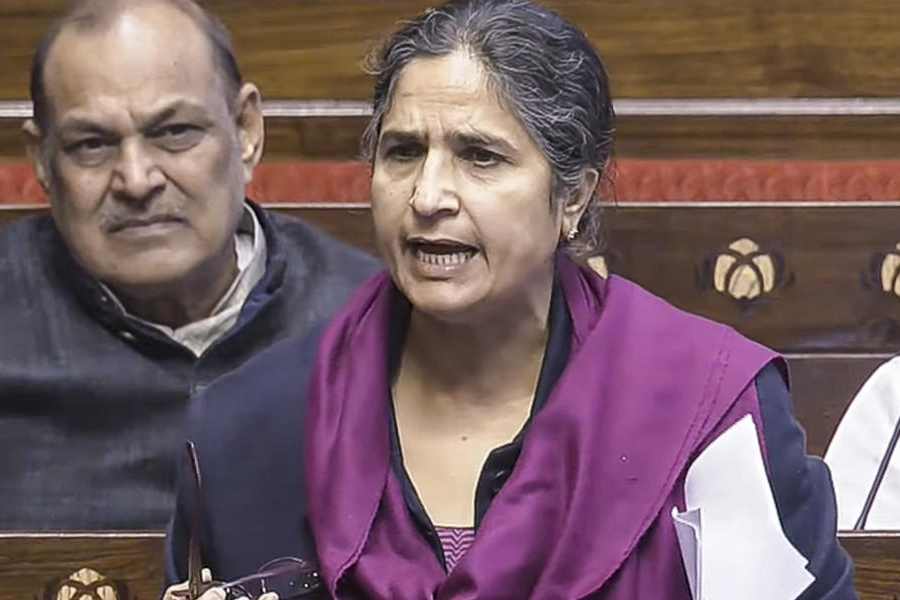During the high tide of globalisation in the 1990s and the first decade of this century, the magnitude of financial flows across international boundaries had exploded. Enormous sums of money moved across the world at astonishing speed. While money flowed easy and fast, there was no international central bank, or the lender of the last resort, to exercise at least minimum regulatory oversight and control. There were multilateral institutions like the International Monetary Fund as well as the Asian Development Bank to provide bailout packages to countries facing debt-servicing difficulties. However, they could not control the flow of liquid money. These institutions became notorious for the strict conditionalities they imposed on borrowing nations for loan repayments. As globalisation became suspect and international trade became more constricted, smaller countries faced increasing difficulties in managing their debt. What was hitherto the monopoly of the multilateral institutions or the government of the United States of America at the most has now become an open arena for bilateral rescue loans provided by large economies to bail out their weaker counterparts facing repayment difficulties. But the bilateral negotiations surrounding these deals are fuzzy; there is no playbook or consensus available either.
China has emerged as the leader in this new game in town. According to a recent report published by the World Bank, Harvard Kennedy School and the Kiel Institute for the World Economy, China has become the leader in helping countries in debt distress. In 2022, the total amount of loans given by China stood at $240 billion. During the period, 2008-2022, China had disbursed 128 loans to 22 nations. It accounted for 60% of China’s overseas lending portfolio. India’s international rescue lending package, on the other hand, stood at only $31 billion in 2021. This kind of lending in a world where global economic integration appears to be taking a backseat has evolved into an instrument of control and influence by one country over another. In the last century, the US had been able to exert significant influence in extracting economic advantages from borrowing countries. Now China seems to be taking a leaf out of the US’s book in order to become the new leader in bilateral and economic influences. This element of strategic foreign policy is important in the sense of it being useful in leveraging economic benefits for the lender as well as in facilitating the accumulation of political capital in the latter’s favour. The more the Washington Consensus-based model of globalisation continues to bleed, the more important such bilateral transactions will become. India, if it wants to realise its ambitions of becoming a global power, has to learn to allocate its scarce loanable funds to geographies where maximum benefits can be obtained.











